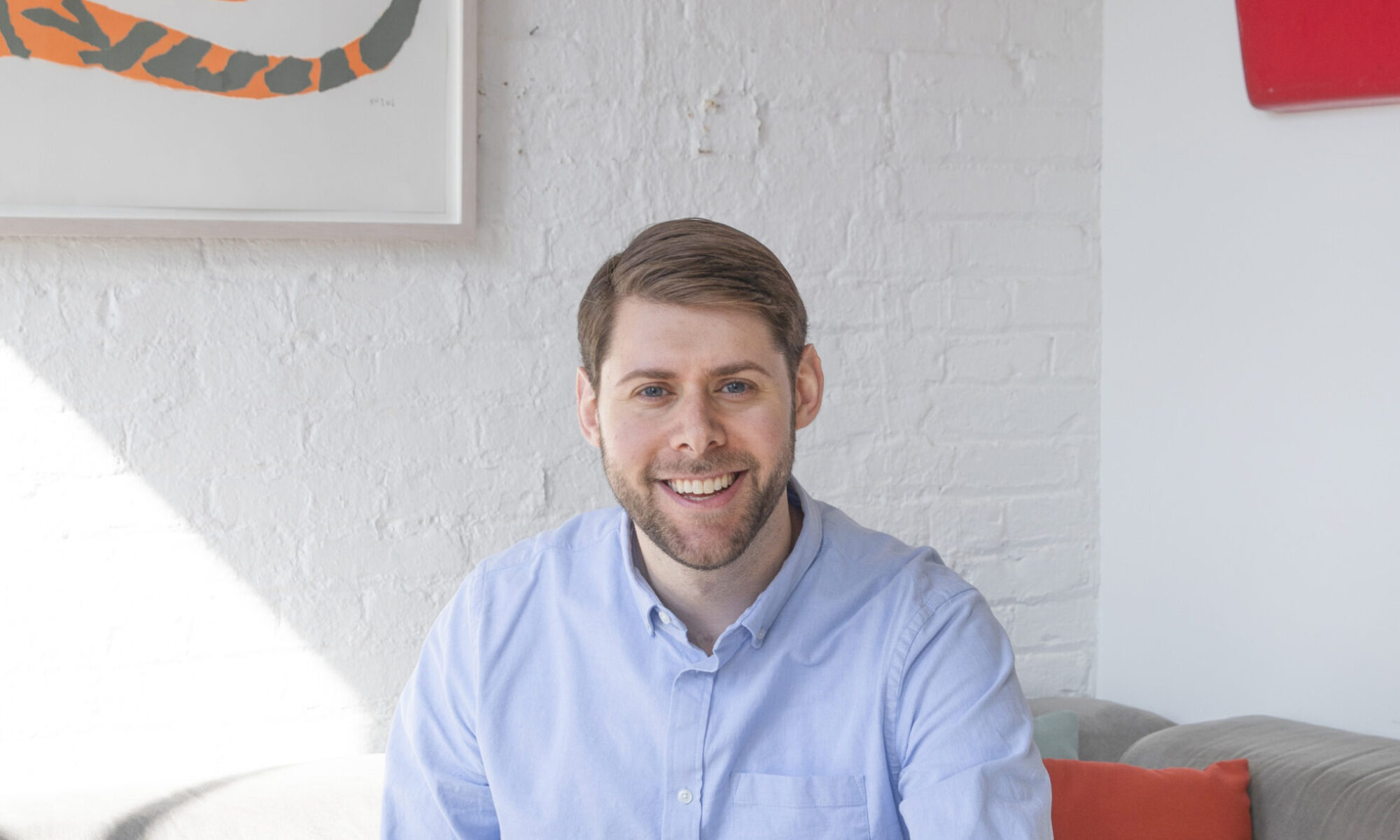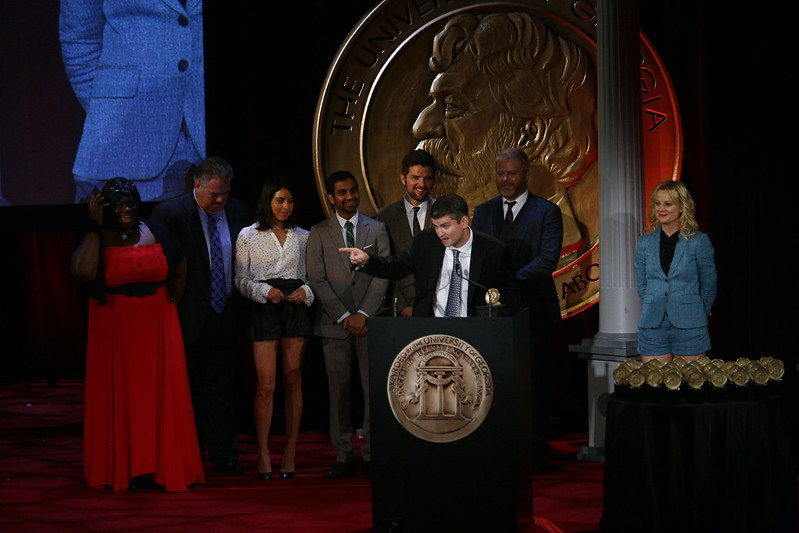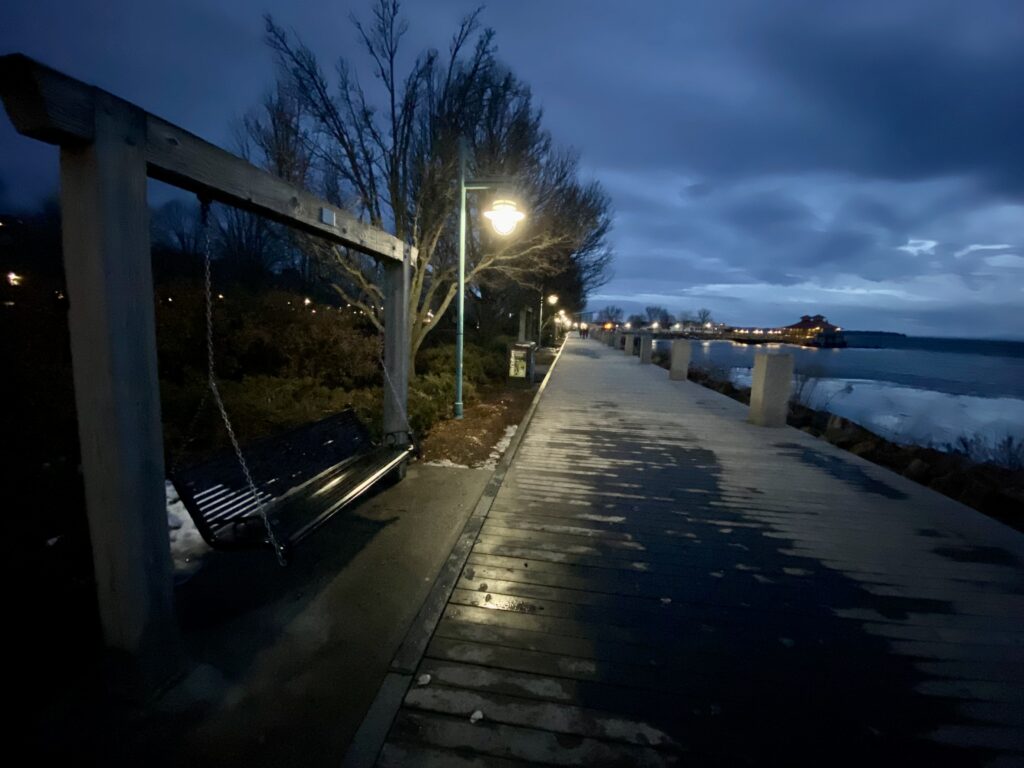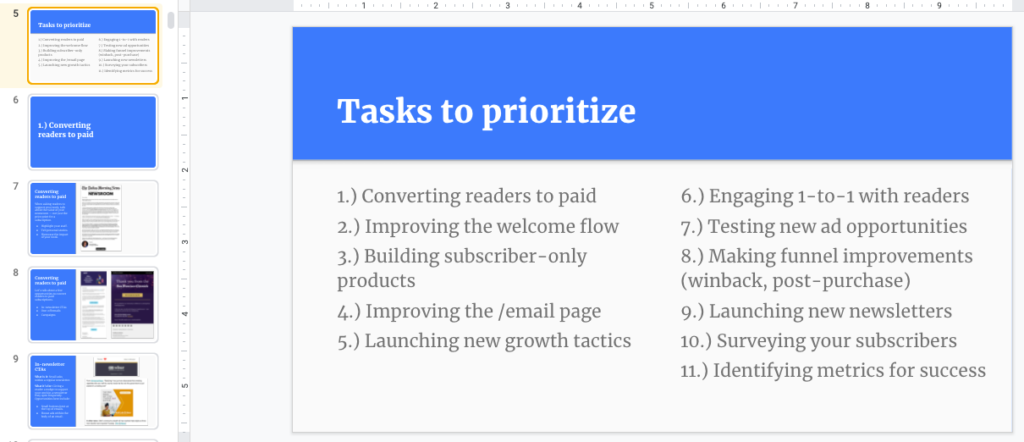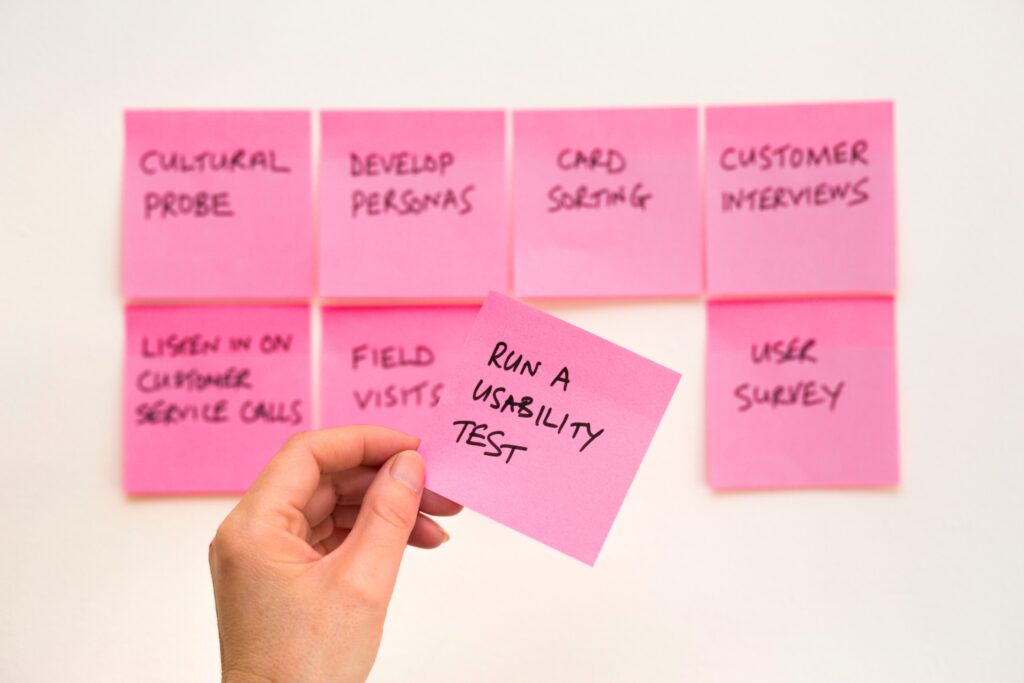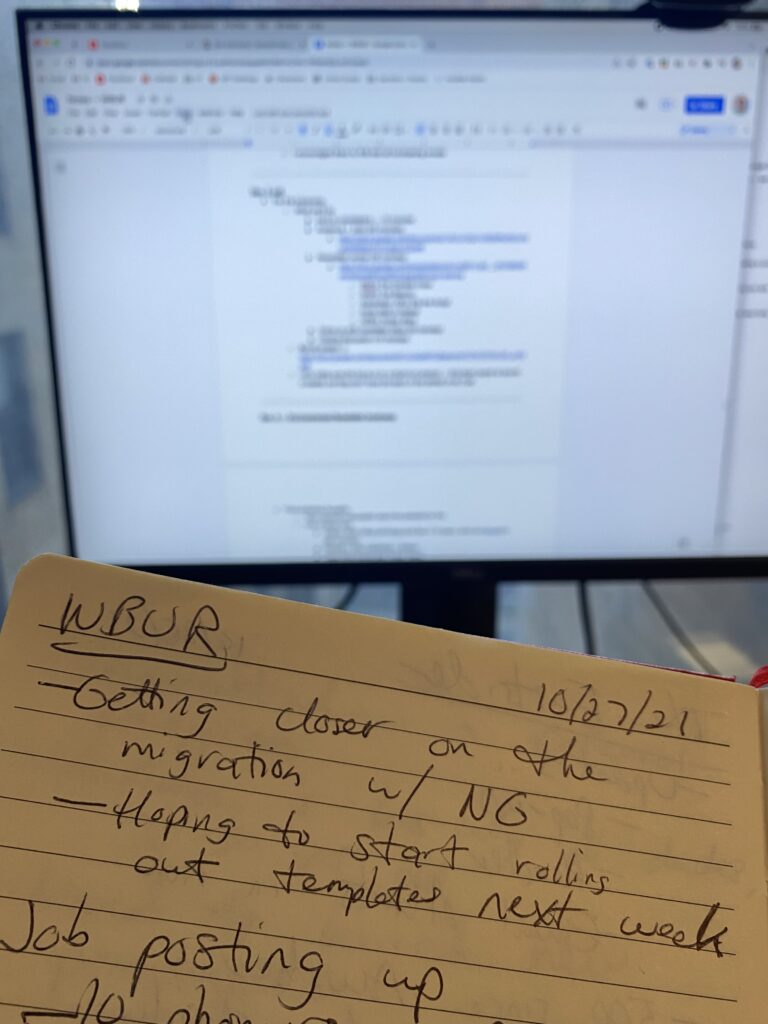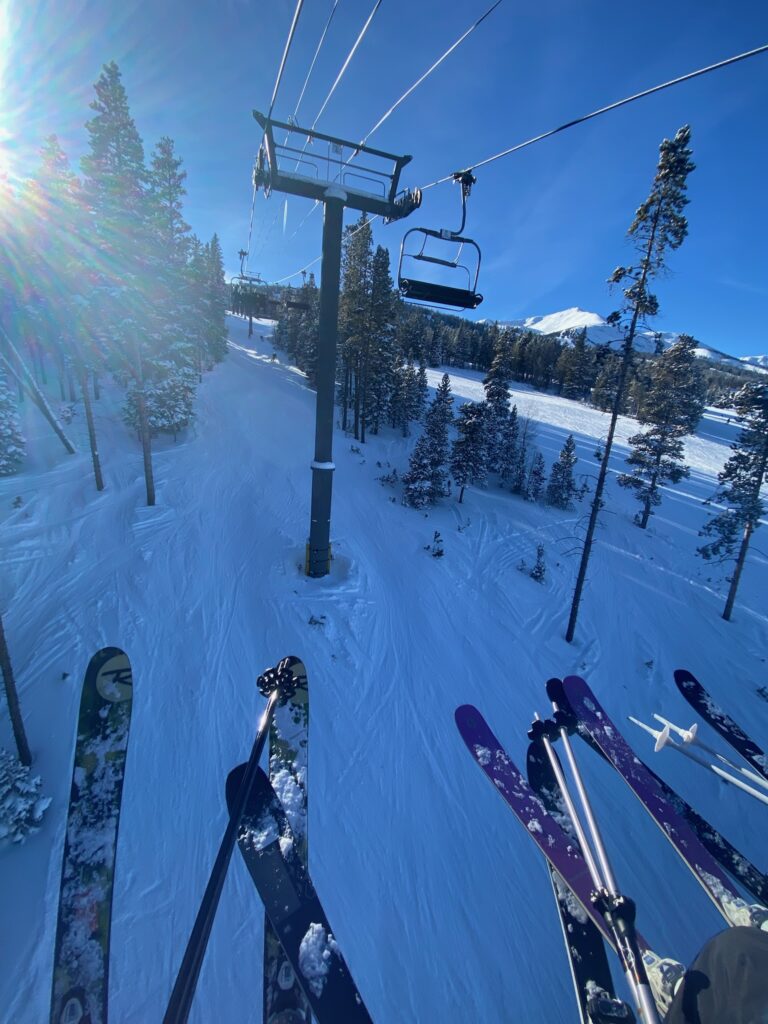
There’s a bagel place on my corner here in New York, and I’ve been going there for years. It’s a great spot with really good bagels, but there’s something that’s always bugged me about it.
On a weekday, this bagel place has about five employees behind the counter taking orders. On weekends, they might have eight or nine. And they always operate the same way: One of the employees takes your order, and then slices your bagel, and then makes your order, and then walks over the cash register, where he then takes off his gloves, and then throws them away, and then rings up your order, and then bags your bagels, and then puts back on a new set of gloves, and then, finally, walks back to the front of the line to take another order.
I know, it’s a bagel place — no one’s expecting them to operate with maximum efficiency. But the one thing that surprises me is that in all the years I’ve been going there, they’ve never added one thing to the line: A cashier. Adding a single dedicated cashier to the operation would speed up the entire operation. The cash register is always a chokepoint on their line — sometimes, it takes longer to ring up a customer than it does to make a bagel. Instead of being back at the start of the line serving another customer, the staff is waiting at the cash register for their turn to collect payment. Maybe that doesn’t seem like a big deal, but every time I go in on a weekend, I see a handful of people who pop in, realize that the line’s too long, and decide to go elsewhere. If the line moved even a bit faster, many of them might wait around to buy.
Every time I go to this bagel shop, I think about what it’s like to manage a team. So much of being a good manager is freeing your team up to do their job. Sometimes, that means taking on responsibility for stuff that isn’t glamorous or exciting, or finding strategies to streamline the process so your team can do the work it needs to. Or it means paying attention to the obstacles in your team’s way, and looking for solutions to remove those hurdles.
Until you stop and really pay attention to what’s happening, you might not notice the little things — like how spending the money to hire a new cashier might actually make your business more money.
———
That photo of bagels comes via Vicky Ng and Unsplash.
